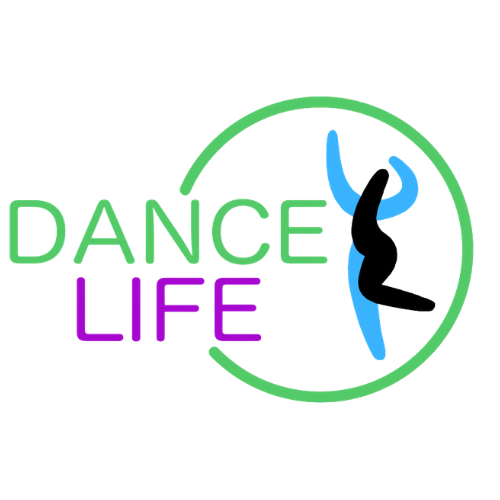Honoring Our Dance History
Written by Arielle Juliette
The intermediate class that I teach with Mama K on Tuesdays at 6pm asked me to give them a tour of Middle Eastern dance, and before I could delve into that, I knew I needed to give everyone a little primer on one of the most foundational people in belly dance history- the esteemed Mahmoud Reda.
To talk about any of the different styles that most belly dancers know of or do, we must talk about Mahmoud Reda. Reda was born in 1930 in Egypt, and had always had an interest in a variety of movement styles- he even competed as a gymnast in the 1952 Olympics. Shortly after that, he gained an interest in dance after having been exposed to ballroom by his brother, and started watch a lot of videos of Fred Astaire and Gene Kelly, sometimes 30x apiece. He saw a group of Argentinian folk dancers while they were on tour in Cairo, and after going up to congratulate them after the show, ended up being invited to dance as they were down a dancer. At some point while on tour, he had the thought- why, as an Egyptian, was he touring with an Argentinian folk dance troupe? And so he had the idea to start his ensemble.
Four years later, the Reda troupe debuted and originally, some of the cast of 14 (which included himself and his sister-in-law, Farida Fahmy) had little to no dance training and it started out as a character show with typical Egyptian personalities interacting with one another. In order to be able to actually create dance pieces, Reda needed to create movement categories and a methodology to teach them to others. He studied how ballet was taught, and then put Egyptian moves into that framework.
After the success of the first troupe show, Reda and Fahmy had the opportunity to tour around Egypt to study the different styles of dance across the country. Whenever they could, they attended events to watch locals dance, and studied the culture of the locals- what kind of work they did, how did they move while working, what kind of clothes did they wear and how did that affect their movement, what were their sayings, how did they interact, etc. to be able to create choreographies that were true to the essence of the people they came from. Most of what Reda observed was men dancing, as it was rare for women to dance in front of men who weren't from their household. Fahmy was able to gain access to some of the women's events, and Reda pieced things together from watching children imitating how their parents danced. Reda later described his style: "... when you bring them, the real folkloric dancers, put them on stage, they look odd, they look strange. Their costumes, they don’t know where to look, they don’t know, and if they do their things, it’s very monotonous. So what I call my choreography is not folkloric. It’s inspired by the folkloric. There is like 90 % extra put on the dance."
The Reda Troupe gained recognition throughout Egypt after Reda, Fahmy and the gang starred in the film Igazah Nisf As-Sinah, which was directed by Reda’s brother, Ali Reda. Entering pop culture again in 1963 with Gharam Fi Al-Karnak (click here to see a dance clip from this movie!) the Reda Troupe began attracting a global audience and continued to skyrocket. By the time Reda stepped down as principal dancer in 1972, the troupe had grown to 150 dancers, musicians and stage crew. He continued choreographing and directing performances until 1990, during which time they went on five international tours including stops at Carnegie Hall.
After his retirement, Reda continued to tour the world solo, teaching workshops in his signature style. In Dance Life’s first year, we had the honor of hosting Reda for a weekend workshop. He stayed at my parents’ house, and I got to watch videos of his choreographies and hear the backstory to each of them. I will never forget it!
All who have learned belly dance from me or most traditional-style dancers on the east coast have Mahmoud Reda in their dance legacy. Reda, Fahmy and the Reda troupe changed the way this dance was perceived not only in Egypt but around the world and is one of the single-most influential dancers of our time.
Check out the following links to get a taste of his work:
Classic Reda style choreography
Reda and Fahmy give a stage performance
A Felahi dance by Reda, Fahmy and the Reda Troupe
This is what a Reda workshop is like - includes Reda’s thoughts on the performance of this style of dance, and context of the dance in Egypt towards the end of the video

